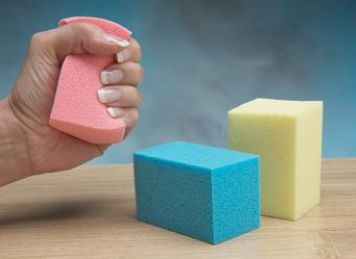
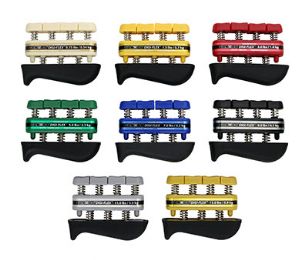
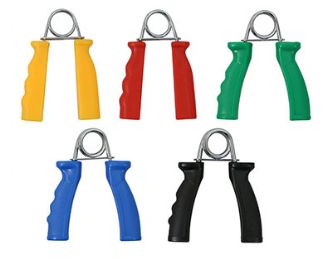
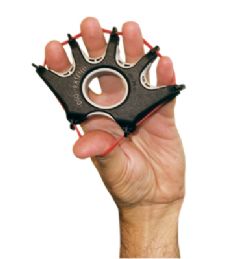
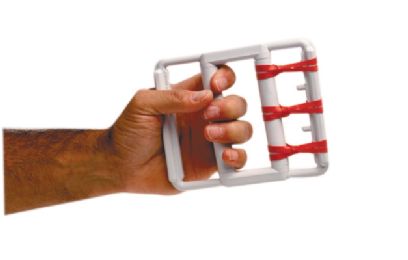
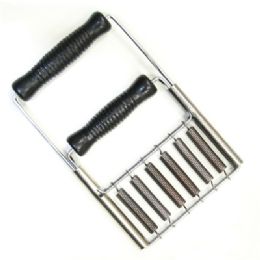
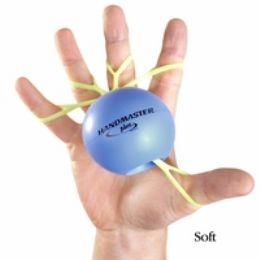
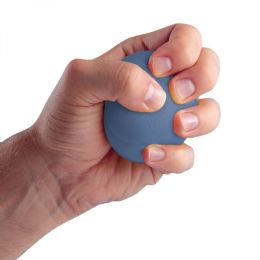


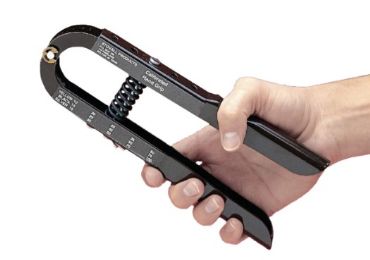
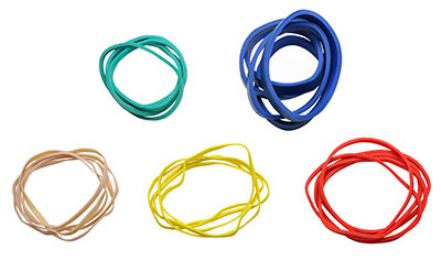
What is Hand Strength?
Hand strength is the ability of the hand to perform tasks, such as pinching and gripping. It also refers to how well these tasks can be performed. Several types of movement can help determine a measurement for hand strength. If improved hand strength is desired, many exercises can help build muscles in the hands. Understanding these hand strength measurements is important since the values can indicate possible neuromuscular disorders. Healthcare professionals usually measure hand strength along a spectrum like the Medical Research Council Scale. In this method, the professional will have the individual perform hand muscle strength tests manually or by using a machine, such as a dynamometer. The abilities are graded on a scale from one to five, where one represents no muscular movement and five is a normal muscle contraction.
Another grade is then given for the purpose of determining any possible disabilities. This grade scale measures the individual’s muscle function or dysfunction, based on the tests and scores. These grades range from 1 to 10 on the clinical assessment scale, indicating a higher grade for worsening muscle function. For example, a grade of 2 may signal a slight neuromuscular disability, such as carpal tunnel syndrome, while a grade of 9 may indicate quadriplegia. Decreased hand muscle function and strength can show up as a symptom in several types of conditions from nerve injuries to tendon injuries.
Different methods can evaluate hand strength, specifically pinching and gripping exercises. Grip strength, also known as crushing strength, is how much force a hand can produce when it changes from an open palm position into a closed fist. The force that is made when an individual presses the fingers of the hand together is a good indicator of hand strength. Other movements used to evaluate hand functionality include bending the palm, flexing the wrist, and holding an object with the thumb and fingers for a specific period of time.
Many different tools can serve as hand strength improvement aids, and all of them should be used in proportion to the size of the hand. Opening and closing a hand gripper can help increase grip strength. Dexterity, or stress ball maneuvering, and extension rubber bands placed on the fingers can help improve overall hand muscle strength. It is helpful to keep the hands warm and to keep the blood flowing to the hands to preserve their function.
What is Hand Therapy?
Hand therapy combines occupational and physical therapy. It involves the rehabilitation of an individual’s upper extremities, which include the fingers, hands and wrists that have been affected by disease, trauma, or a neurological disorder. The goal of the treatment is to be able to have the best possible use of the hand after a diagnosis and to return to a productive life, or to live a life that is as normal as possible. Treatment may also include providing psychological and emotional support. Performed at different locations including clinics, hospitals, rehabilitation centers, and sports medicine facilities, hand therapy is provided for various reasons. Common conditions that can require hand therapy include arthritis, burns, fractures, amputation of fingers, and nerve damage. It may be needed to help with carpal tunnel syndrome, to recover from sports injuries, and to manage acute or chronic pain.
To form a diagnosis, a hand therapist will perform a thorough sensory, musculoskeletal, and strength exam for the damaged area. Other activities involved in therapy may include training to live with prosthetics, designing splints, and treating scars and wounds. The therapy may also comprise specific exercises designed to strengthen or increase an individual’s agility and range of motion in the affected areas. Some may begin hand therapy soon after a surgery or injury. Depending on the injury, the amount of time spent in hand therapy can vary. For example, if suffering from a muscle tear or tendon injury, once the area heals, the therapy may no longer be required. If suffering from a more serious injury, such as the loss of fingers, therapy may be required indefinitely.
What are Different Hand Exercises?
The hand is a complex collection of muscles, bones, tendons, ligaments and nerves that includes the area from the wrist to the fingers. Due to its intricate, but breakable, design and its multi-faceted abilities for movement, the hands can easily be injured or be susceptible to medical disorders that affect its ability to move properly. Hand exercises are specific movements intended to recover or rehabilitate normal, pain-free hand movements. They can include motions to pick up small objects to improve dexterity, stretching and strengthening weak muscles, and hand and wrist stretches to increase flexibility.
The bones of the wrist are actually located in the hand. This gives the hand the ability to change locations through movements of the wrist from side to side, up and down, and rotationally which adjusts the hand to move the palm face up or face down. To rehabilitate the hand successfully, hand exercises should include movements of the wrist along with the fingers. For example, dysfunction in the wrist can affect the ability of the hand to shift positions. Because the wrist blends right into the hand, wrist problems can change the way the fingers move. The fingers have the ability to move in unison or individually, and to open and close the hand. When the hand loses the ability to function properly, things like the ability to hold or grip onto objects become difficult. Fine motor skills can also be limited or even nonexistent, such as the ability to use utensils or write. Hand exercises can help strengthen weak muscles, stretch tightened areas, and restore the precise movements of the fingers.
Since the wrist is an integral part of the hand’s abilities, hand exercises typically begin with restoring the strength and flexibility of the wrist. This is performed by stretching the wrist, by extending it upwards so the fingers point up to the sky and by flexing it downwards so the fingers point towards the floor. Other wrist stretching includes rotational aspects by moving the palm up and down, and with small side to side movements.
Once flexibility is restored, these motions can be done with or without weights to rebuild muscle strength. Hand exercises must also incorporate the exact movements of the fingers, being able to touch each finger to the thumb. This movement enables the ability to hold onto objects and perform small, intricate changes in the location of the fingers that are necessary to perform fine motor skills. This is accomplished by running the fingers through the available range of motions as a unit, and individually, along with motions that open the fingers and flexes them into a fist.
Rehabmart is pleased to carry a variety of innovative hand exercisers from high quality vendors comprising Sammons Preston, Maddak, Bailey Manufacturing Company, Pivotal 5, North Coast, Skil-Care, Fabrication Enterprises and Carex.
Hulet Smith, OT
Rehabmart Co-Founder & CEO
lb